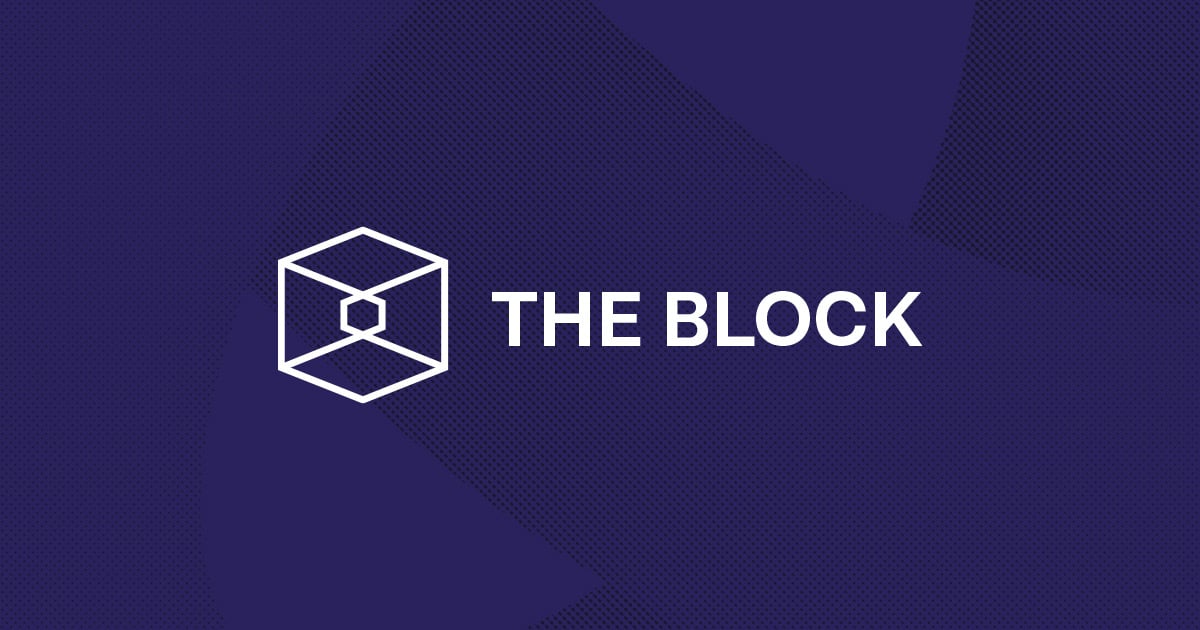
Optimism priceOP
OP/USD price calculator
Optimism market Info
Live Optimism price today in USD
Do you think the price of Optimism will rise or fall today?
Now that you know the price of Optimism today, here's what else you can explore:
How to buy Optimism (OP)?How to sell Optimism (OP)?What is Optimism (OP)What would have happened if you had bought Optimism (OP)?What is the Optimism (OP) price prediction for this year, 2030, and 2050?Where can I download Optimism (OP) historical price data?What are the prices of similar cryptocurrencies today?Want to get cryptocurrencies instantly?
Buy cryptocurrencies directly with a credit card.Trade various cryptocurrencies on the spot platform for arbitrage.Optimism price prediction
When is a good time to buy OP? Should I buy or sell OP now?
What will the price of OP be in 2026?
In 2026, based on a +5% annual growth rate forecast, the price of Optimism(OP) is expected to reach $0.2935; based on the predicted price for this year, the cumulative return on investment of investing and holding Optimism until the end of 2026 will reach +5%. For more details, check out the Optimism price predictions for 2025, 2026, 2030-2050.What will the price of OP be in 2030?
About Optimism (OP)
What is Optimism?
Optimism is a layer 2 scaling solution for Ethereum that aims to increase the throughput of the network while maintaining a high level of security. Utilizing a technology known as Optimistic Rollup, it allows for faster and cheaper transactions compared to the Ethereum mainnet. In essence, Optimism acts as a second layer that sits on top of the Ethereum blockchain, processing transactions and smart contracts more efficiently. This has made it a popular choice for decentralized applications (dApps) looking to provide their users with a smoother and more cost-effective experience.
Launched in 2022, the goal of Optimism is to make the Ethereum network more scalable and usable, addressing issues like high gas fees and slow transaction speeds that have been barriers to mainstream adoption. By bundling multiple transactions together and submitting them as a single unit to the Ethereum mainnet, Optimism can substantially reduce the cost per transaction and make the overall network more efficient.
Resources
Official Documents: https://community.optimism.io/
Official Website: https://www.optimism.io/
How Does Optimism Work?
Optimism uses a technology called Optimistic Rollup to improve scalability. Here's how it works: instead of each transaction being processed individually on the Ethereum mainnet, multiple transactions are grouped together in a rollup and processed as a batch. This reduces the amount of computational work required, thereby decreasing transaction fees and increasing speed.
The name "optimistic" comes from the underlying assumption that all transactions, when bundled together and sent to the main Ethereum layer (Layer 1), are presumed to be valid unless proven otherwise. Validators on this Layer 1 have the ability to challenge any transaction that seems suspicious. If a challenged transaction turns out to be invalid, the gas fees incurred for running the fraud-proof process are reimbursed. Additionally, any Layer 2 nodes involved in executing the fraudulent transaction face penalties. This setup allows Optimism to maintain robust security while optimizing for speed and efficiency.
What is Optimism Token (OP)?
The OP token is the native cryptocurrency of the Optimism network. It serves multiple functions, including governance, staking, and incentivizing various activities within the ecosystem. Holders of the OP token can participate in governance decisions, such as protocol upgrades or changes to network parameters. The token also plays a role in securing the network; validators are required to stake OP tokens as collateral, ensuring that they have a vested interest in properly executing transactions.
Which Factors Affect Optimism Token (OP) Price?
Several factors can influence the price of the OP token:
- Demand for Layer 2 Solutions: As Ethereum struggles with scalability issues, the demand for layer 2 solutions like Optimism could drive up the value of the OP token.
- Adoption Rates: If more dApps and projects choose to build on Optimism, it could result in increased demand for the OP token.
- Network Security: The perceived security and reliability of the Optimism network can influence investor confidence, affecting the token price.
- Regulatory Environment: Regulatory decisions affecting Ethereum or layer 2 solutions can impact the OP token's value.
- Community and Developer Support: A strong, active community and developer ecosystem can contribute to the token's stability and growth.
- Market Sentiment: Like any other asset, the price of the OP token can be influenced by overall market sentiment, including news, social media discourse, and other intangible factors.
Optimism’s Impact on Finance
The influence of Optimism on the financial landscape, especially within the decentralized finance (DeFi) arena, is substantial. By facilitating faster and more cost-effective transactions, Optimism makes it easier for everyday users to interact with DeFi platforms. This is a key factor that could catalyze mainstream adoption, not just for the Ethereum network but for blockchain technology in general.
Optimism acts as a critical backbone for financial applications needing fast, reliable transactions—this includes exchanges, payment gateways, and lending platforms. By effectively addressing scalability challenges, Optimism unlocks new possibilities for innovation in the financial sector. It removes barriers that have previously restricted growth and widespread adoption, paving the way for a more inclusive and efficient financial ecosystem.
Conclusion
In conclusion, Optimism presents a promising solution for scaling the Ethereum network, facilitating more efficient transactions and smart contracts. Its impact on the financial world, especially the burgeoning field of DeFi, could be transformative, enabling a more inclusive and efficient financial ecosystem.
Related Articles about Optimism
Bitget Insights




OP/USD price calculator
OP resources
What can you do with cryptos like Optimism (OP)?
Deposit easily and withdraw quicklyBuy to grow, sell to profitTrade spot for arbitrageTrade futures for high risk and high returnEarn passive income with stable interest ratesTransfer assets with your Web3 walletWhat is Optimism and how does Optimism work?
Global Optimism prices
Buy more
FAQ
Is Optimism a good investment?
What can Optimism OP token be used for?
Does Optimism use ETH or OP for gas?
How are fees paid on Optimism?
How do I claim ETH from Optimism?
Can OP reach $100 dollars?
What is the current price of Optimism (OP) coin?
What influences the price of Optimism (OP)?
Is Optimism (OP) a good investment right now?
What is the price prediction for Optimism (OP) in 2023?
How can I buy Optimism (OP) coin?
Has the price of Optimism (OP) risen significantly this year?
What are the main competitors of Optimism (OP) that might affect its price?
What is the market cap of Optimism (OP)?
When is the best time to sell Optimism (OP)?
Are there any upcoming events that could impact the price of Optimism (OP)?
What is the current price of Optimism?
What is the 24 hour trading volume of Optimism?
What is the all-time high of Optimism?
Can I buy Optimism on Bitget?
Can I get a steady income from investing in Optimism?
Where can I buy Optimism with the lowest fee?
Related cryptocurrency prices
Prices of newly listed coins on Bitget
Hot promotions
Where can I buy Optimism (OP)?
Video section — quick verification, quick trading









